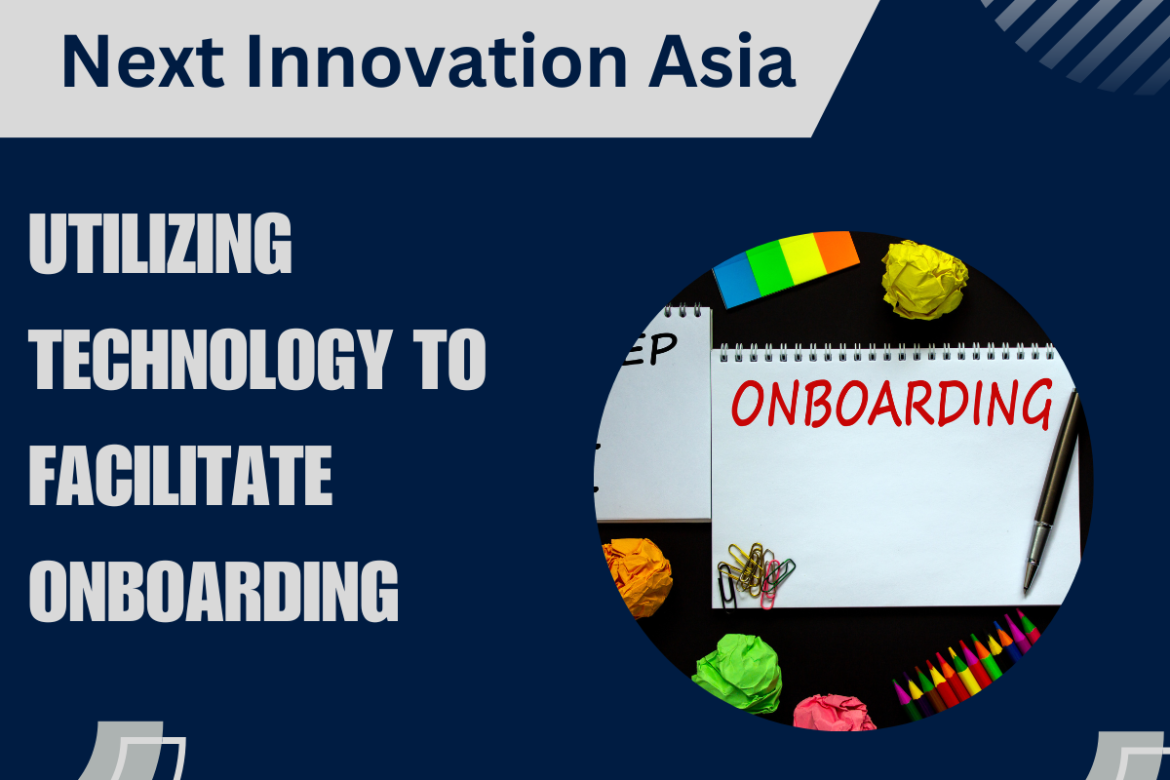Introduction: In today’s digital age, technology plays a vital role in streamlining processes and enhancing efficiency across various aspects of business operations. When it comes to onboarding, organizations can leverage technology to create a more effective and engaging experience for new hires. In this blog post, we will explore how organizations can harness technology to optimize their onboarding process and set new employees up for success.
- Digital Onboarding Platforms: Utilize digital onboarding platforms or software specifically designed to streamline and automate the onboarding process. These platforms allow organizations to create customizable onboarding workflows, digitize paperwork and forms, and provide new hires with a centralized hub for accessing information, resources, and training materials. Digital platforms simplify administrative tasks, reduce paperwork, and ensure a consistent onboarding experience for all employees.
- Virtual Orientation and Training: Leverage video conferencing tools and virtual meeting platforms to conduct remote orientations and training sessions. Virtual orientations can include presentations, interactive sessions, and Q&A opportunities to introduce new hires to the company culture, policies, and procedures. Additionally, organizations can utilize online learning platforms or e-learning modules to provide self-paced training courses tailored to each employee’s role and responsibilities.
- Online Document Management and Collaboration: Implement cloud-based document management systems to centralize and streamline the storage and sharing of important onboarding documents. With these systems, new employees can access and sign documents digitally, eliminating the need for physical paperwork and facilitating a more efficient process. Additionally, utilize collaboration tools like project management platforms or intranet systems to foster teamwork and communication among new hires and their colleagues.
- Video-based Introductions and Welcome Messages: Create personalized video introductions and welcome messages from key team members, managers, and leaders. These videos can be shared with new hires as part of their onboarding process, allowing them to get familiar with their colleagues’ faces and voices. Video messages add a personal touch, create a sense of connection, and help new employees feel welcomed and valued.
- Gamification and Interactive Learning: Incorporate gamification elements into the onboarding process to enhance engagement and knowledge retention. Use interactive quizzes, scenario-based simulations, and challenges to make the learning experience more enjoyable and immersive. Gamification encourages active participation, boosts motivation, and helps new hires grasp key information in a fun and interactive way.
- Virtual Tours and Immersive Experiences: Use virtual reality (VR) or augmented reality (AR) technologies to provide virtual tours of the workplace or office environment. This allows remote or geographically dispersed employees to experience the physical workspace and get a feel for the company’s culture and ambiance. Virtual tours can also showcase facilities, departments, and key locations, helping new hires visualize their role within the organization.
- Virtual Mentorship and Networking: Facilitate virtual mentorship programs or networking opportunities for new hires. Utilize video conferencing or collaboration tools to pair new employees with experienced mentors who can provide guidance, support, and advice. Virtual networking events, such as online meetups or coffee chats, allow new hires to connect with colleagues from different departments and build relationships even in a remote work setting.
- Feedback and Performance Management Tools: Implement online feedback and performance management tools to enable continuous feedback and goal tracking. These tools provide a platform for managers to provide timely feedback, set performance goals, and conduct performance evaluations. By utilizing technology, organizations can ensure that the onboarding process includes regular feedback loops and supports ongoing professional development.
- Virtual Social Events and Team-Building Activities: Organize virtual social events and team-building activities to foster connections and camaraderie among new hires and their colleagues. Virtual happy hours, online games, or team challenges can be conducted through video conferencing or specialized team-building platforms. These activities promote interaction, collaboration, and a sense of belonging within the organization.
- Continuous Support and Resource Access: Utilize intranet systems or knowledge-sharing platforms to provide new hires with access to important resources, FAQs, and support documentation. This ensures that employees can easily find answers to their questions, access relevant policies and guidelines, and seek assistance whenever needed. Centralized online resources facilitate self-help and empower new hires to navigate their onboarding journey more independently.
Conclusion: Technology offers a wide range of opportunities to enhance the onboarding experience and drive efficiency in the process. By leveraging digital onboarding platforms, virtual orientation and training, online document management, video-based introductions, gamification, virtual tours, virtual mentorship, feedback tools, virtual social events, and continuous support resources, organizations can create a seamless and engaging onboarding experience for new employees. Embracing technology enables organizations to adapt to remote work environments, streamline processes, and set new hires up for success in their roles.

